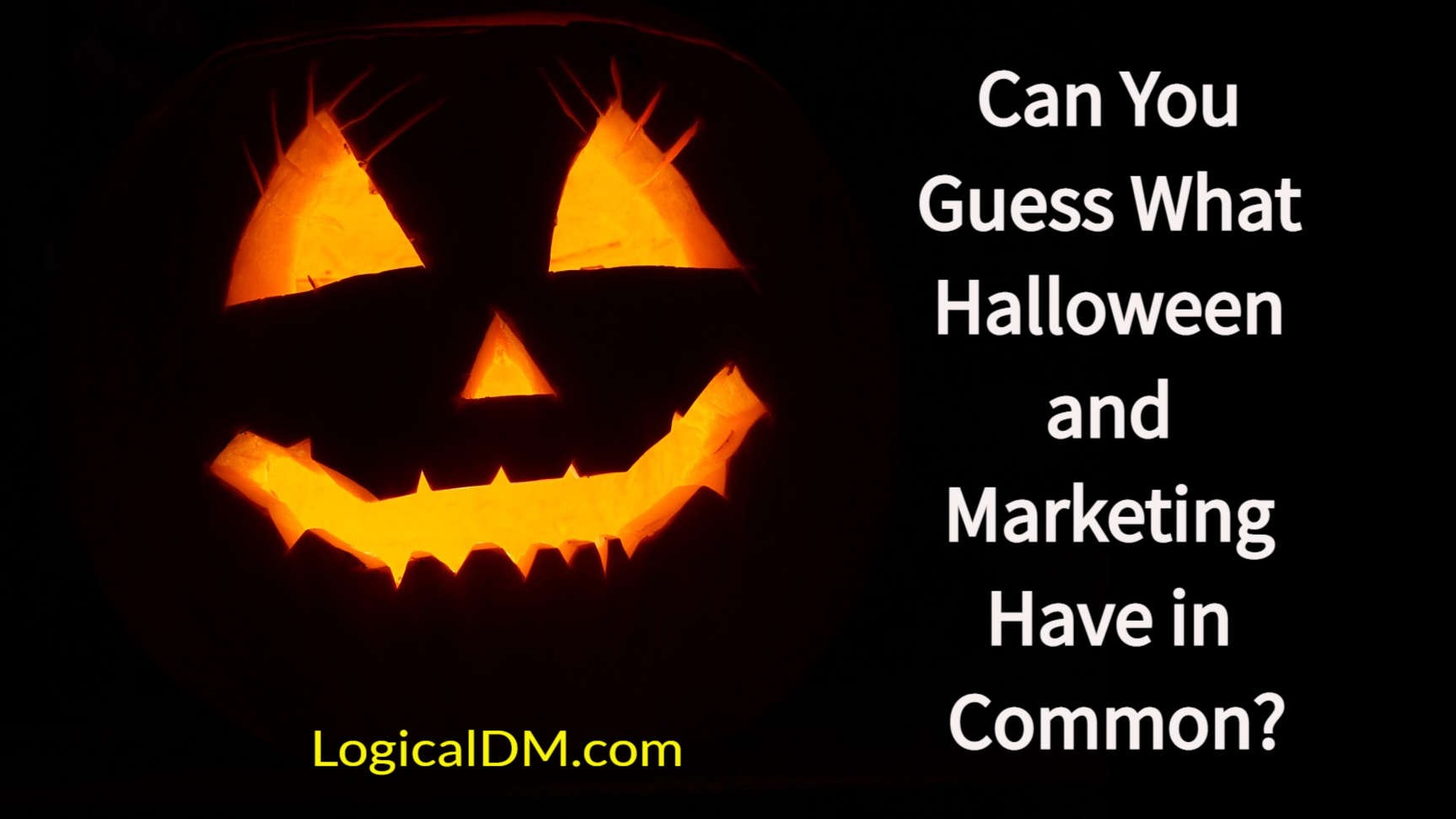
This is a custom HTML / JavaScript Element
In order To See Your Custom HTML/JavaScript Code in Action You Must Click On The Preview Page Button, Your Code is NOT going to be active in the edit mode
Halloween is all about creative marketing! From choosing the perfect costume to planning the perfect party, everything about this holiday is an opportunity to get creative and have fun.
So, what does Halloween have in common with marketing? A lot! In this article, we explore the ways that these two things are similar, and how you can use Halloween or any event as inspiration for your next marketing campaign. Ready to get inspired?
What is Marketing?
Marketing is the process of creating value for a company through the promotion of products or services to create demand for them. Through marketing, relationships are created between an organization and its customers.
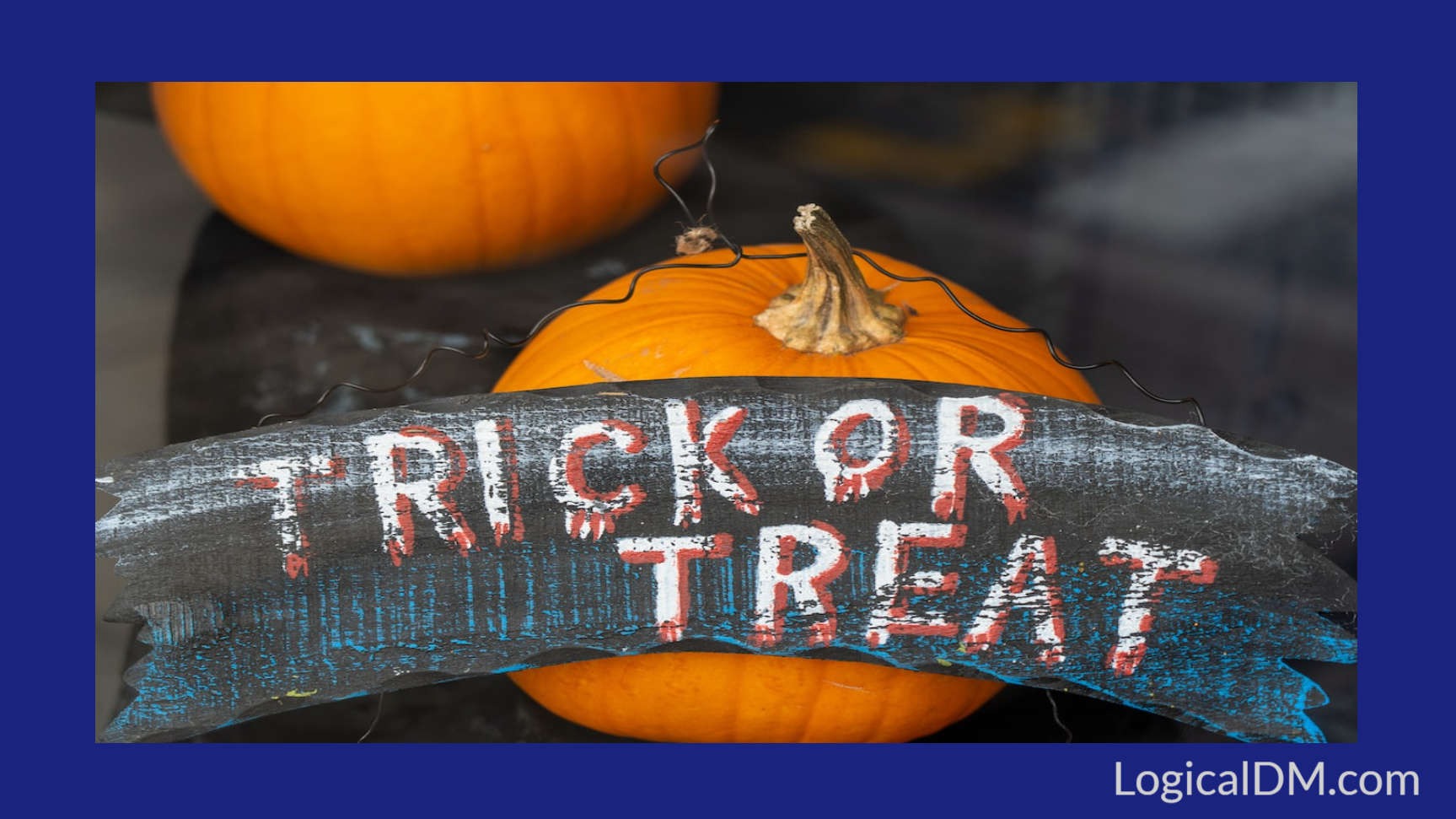
What is Halloween?
We all know Halloween is a day that is celebrated on October 31st each year. It is a time when people decorate their homes with spooky decorations, dress up in costumes and kids go trick-or-treating. Traditionally, Halloween is filled with scary stories of the dead and the supernatural.
What Are Some Similarities Between Marketing and Halloween?
You probably guessed that both marketing and Halloween rely on creative storytelling, customer engagement, and creating a sense of anticipation.
How Do Marketing and Halloween Share a Common Focus?
Both marketing and Halloween seek to create an experience that is memorable and unique. This leads us to the influence a story wields. Stories have a capacity to incite decisive action.
The Power of Great Storytelling
Great storytelling has the ability to inspire, persuade, and teach audiences. It allows the storyteller to connect with the audience on an emotional level. If you'd like to be an amazing speaker, learn how to create an amazing story.
A great story has the power to inspire, educate, and entertain. It can take us on a journey to another time and place, and make us feel emotions we never thought possible. A good storyteller is like a magician. They have the power to captivate an audience and transport them and create a connection with them. Think about it, storytelling has always been an essential part of our lives and most are open to hearing a story.
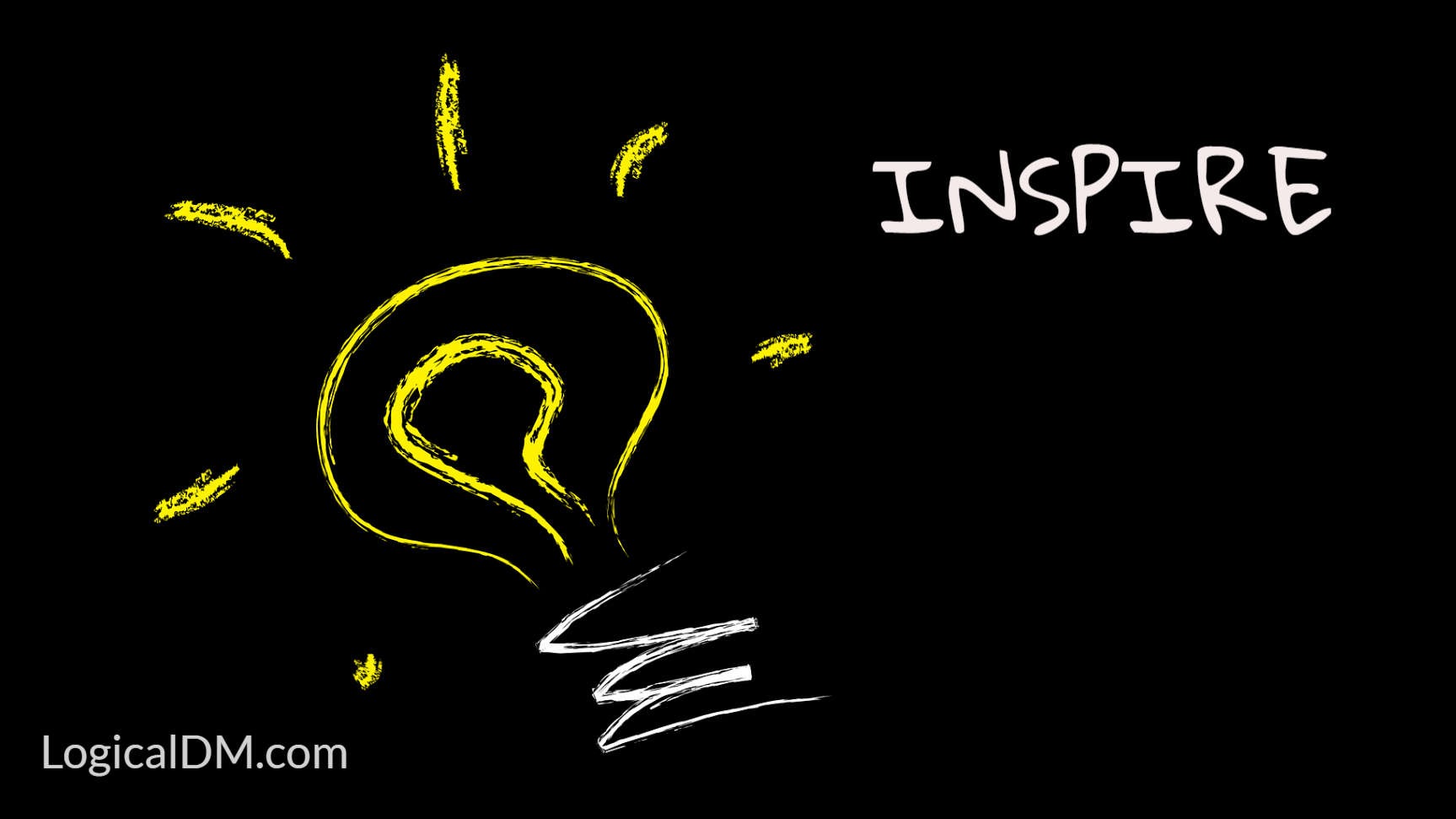
Inspire
The power of great storytelling can inspire people and make brands more appealing. Incorporating stories into your advertising campaign can encourage brand loyalty and humanize your brand. It also makes your business more marketable. A good example of this is the online retailer ModCloth, which uses storytelling as a selling tool. ModCloth uses real-life stories to make the brand more relatable and inspiring to other small business owners.
When used appropriately, stories can inspire people to take action and adopt a new vision. Stories can be powerful tools to influence people in many ways, from personal relationships to business matters.
Disrupt
Storytelling has always been crucial to promoting a brand, but the digital era has made it possible to use disruptive storytelling techniques. It's a way to distance a brand from its competitors who rely on linear forms of storytelling. It has several benefits, but its benefits are only as strong as the storyteller's ability to use it effectively.
A great story is a powerful tool to influence people's minds and behaviors. Whether your message is intended to influence employees, business partners, or prospective customers, stories have the power to reach the heart and move people to action. A powerful story can change an audience's behavior, create dialogue, and gain a hearing. Politicians know this better than anyone.
The power of storytelling lies in its ability to connect people to a central idea. The best stories combine facts with emotion to arouse the emotions of those who listen to them. This strategy requires creativity. Unlike persuasive arguments, stories are far more effective at moving an audience.

Teach
When used in a learning environment, stories help students learn by adding context and meaning to concepts. Teachers should invite students to become active participants in the storytelling process and provide just enough background information to keep them engaged. They should avoid spoon-feeding and instead add dramatic elements, props, and effects to draw their listeners into the story.
Using stories in the classroom allows students to explore their body language and facial expression. It also helps them learn to feel more confident and comfortable in front of an audience.
Tips For Crafting Great Stories in Marketing
Storytelling is a critical skill for marketers. It requires creativity, vision, and practice. When done well, it can tell your brand's authentic story and engage your audience.
Storytelling is a vital marketing skill that can help companies develop a more human connection with customers. It can also make employees feel more engaged, as they can tell their own stories. People rely on stories to make decisions - whether it's purchasing a product, looking at a business, or getting involved with an activity - and marketers should make sure that they understand why this is important.
One of the most important skills for marketers is the ability to make information interesting and compelling. This can be done by creating stories that explain the features of a product. In the process, you need to consider the needs and desires of the target audience. You can turn them into characters and present the solution in the most engaging way possible.
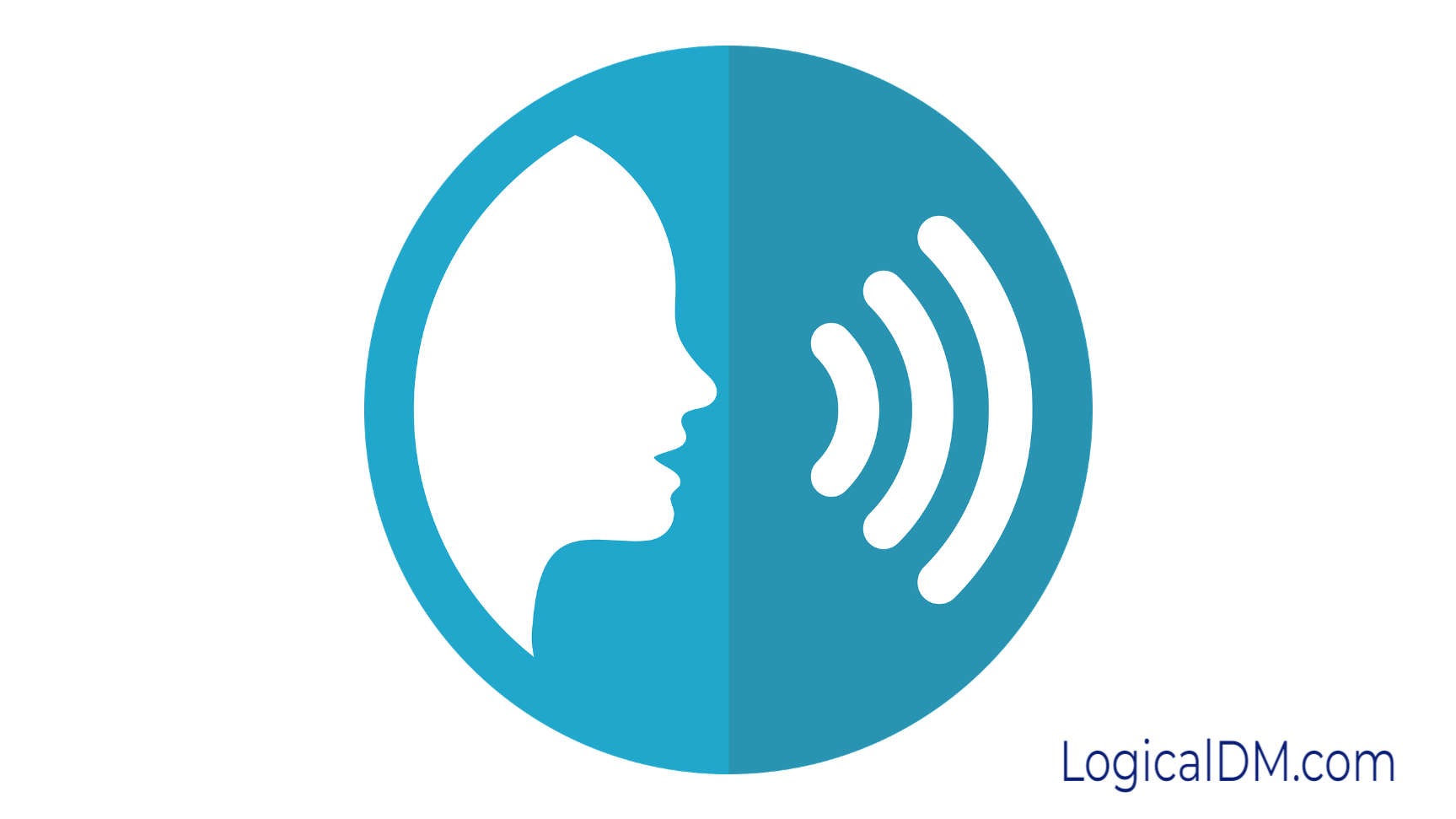
Storytelling Requirements
Like any other art form, crafting great stories requires creativity, vision, skill, practice, along with trial and error. It is an important part of any marketing campaign and is what sets vibrant brands apart from simple businesses, and loyal customers from one-time shoppers. Storytelling is also the heart of inbound marketing.
When crafting a great story, you will need to to find inspiration. The inspiration can come from many places. For example, it can be in the form of a character. Sometimes a character appears to be like another person, or they may be a stranger from another time and space. It can be anything from a sympathetic or hostile character to a mind reader. Creativity is one of the most difficult aspects of writing, and many struggle with finding inspiration.
It communicates your brand's authenticity If you're looking to communicate your brand's authenticity, you need to create great stories. A study by the Boston Consulting Group found that consumers want brands that share their values. In fact, authenticity was ranked as the second most valuable attribute, second only to discounts, for millennial consumers. The key is to create stories that speak to your audience's emotions.
If you're a new brand or aren't sure how to tell a compelling story, start by defining your brand story. Think about the personas your customers will relate to and use these to help you craft your brand story. Then, look for ways you can use these stories to engage your audience.

It Engages Your Audience
In the world of marketing, storytelling is an important tool to build brand loyalty and create community around your business. It helps your audience form connections to your brand, and it can help you attract new customers. It can also help you show your current customers that they have a relationship with your company. In order to use storytelling to its maximum potential, you'll need to know how to present your story in a compelling manner.
Begin by Crafting a Compelling Story to Grab the Attention of Your Audience
1. Start with a bang: open with something that will immediately capture your audience's attention. This could be a shocking statistic, an interesting fact, or a personal story. You can create suspense because people enjoy stories that have unsolved mysteries. Another way to grab their attention is to surprise your audience.
2. Make it relatable. Find ways to connect your story to your audience's experiences and values. This will help them see the importance of what you're saying and make them more likely to pay attention.
3. Be engaging. Keep your audience engaged by using strong body language, making eye contact, and using facial expressions. Also, try to vary the tone of your voice to keep things interesting.
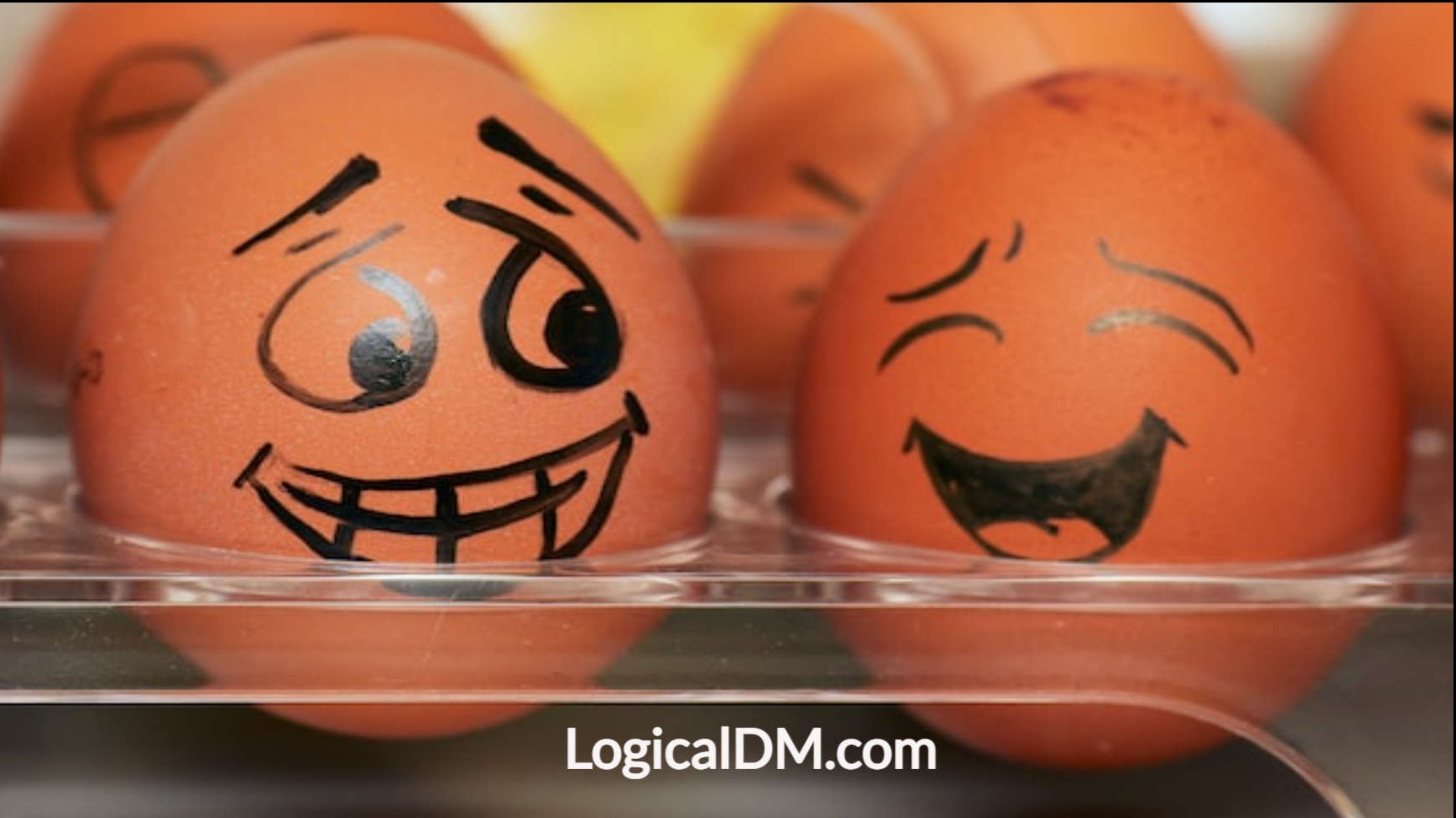
Create an Emotional Connection
Stories are a powerful way to connect with your audience and create an emotional connection that can lead to conversions. When a story is able to create an emotional connection with its audience, it becomes much more than just entertainment. It becomes a way to connect with people on a deeper level. And that connection is what can make stories so powerful.
Think about some of the most iconic stories in history. They all have one thing in common: they create an emotional connection with their audience. Whether it's laughter, sadness, fear, or love, these stories touch us on an emotional level and stay with us long after we've finished reading them. But what makes a great story?
Here are three more tips to help you craft stories that will resonate with your audience and achieve your marketing goals:
1. Know Your Audience
Before you start crafting your story, it’s important to know who you’re telling it to. Consider what kind of message will resonate with your target audience, and what will appeal to their interests and needs.
2. Start With a Strong Hook
Your story needs to grab attention from the very beginning. A strong hook will make your audience want to keep reading (or watching, if you're telling your story through video).
3. Make Sure Your Story is Relevant to Your Brand
Your story should be about more than just your product or service - it should be something that speaks to your brand's values and mission.

The Benefits of Using Great Storytelling in Marketing: Why it's Effective
As we all know, storytelling is one of the most powerful tools a marketer can use. It can connect with people on a personal level and help them understand your product or service better. Here are some great benefits of storytelling in marketing:
It Builds Trust
When you tell a story, you’re communicating on a human level. This builds trust between you and your audience, and helps them believe in your product or service.
It Creates a Connection
Stories evoke emotion in people, and this can create a powerful connection with them. People want to feel like they're part of the story, and that can help them identify with your message.

Stories can create a deep connection with your audience, and this can lead to them being loyal customers. They might even recommend your product or service to their friends, which can be very beneficial for your business.
It Motivates People
Stories are motivating by nature, and this can be very effective in marketing. Not only does it get people excited about your product or service, but it can also encourage them to take action.
It Engages People on an Emotional Level
Stories touch on our emotions, and this can really engage people. It can make them feel entertained, informed or inspired, which can lead to them taking action.
It Expands Our Understanding
When we read or listen to a story, we learn something new. This can help us better understand the world around us, and the products and services that we use.
It Creates Empathy
When people understand your story, they’ll likely feel some level of empathy for you and your product. This can lead them to buy or sign up for your service or product.
It Builds Excitement
When you tell a story that’s relevant to your audience, they’re likely to feel excited and engaged. This can lead them to buy or sign up for your product or service, or even share your story with their friends.
It Drives Engagement
When people are engaged with your story, they’re more likely to take action. This could be anything from signing up for your email list, to buying your product or service.
This is a custom HTML / JavaScript Element
In order To See Your Custom HTML/JavaScript Code in Action You Must Click On The Preview Page Button, Your Code is NOT going to be active in the edit mode
Conclusion
Marketing and Halloween both share a common interest in storytelling. Both mediums use stories to engage and capture their audience's attention. The best stories are ones that are relatable, have a clear beginning, middle, and end, and evoke emotion. Marketing and Halloween both use these elements to create their stories and to ultimately achieve their goals.
So, if you’re looking to drive more traffic to your website, or to improve your content marketing strategy, consider incorporating storytelling into your content. By using great storytelling in your content marketing, you can reach more people and create powerful connections with them. It’s a powerful tool that can have a huge impact on your business.
Thank you for reading and Happy Halloween!

 Add Row
Add Row  Add
Add 



